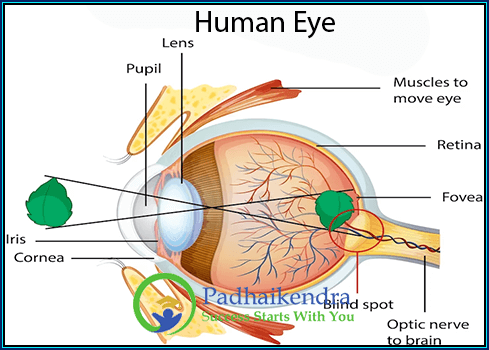Difference between Sound Waves and Light Waves
Sound waves and light waves are both forms of wave energy, but they differ in several fundamental aspects. Here are some key differences between sound waves and light waves:
Nature: Sound waves are mechanical waves, meaning they require a medium (such as air, water, or solids) to travel through. In contrast, light waves are electromagnetic waves that can travel through a vacuum, such as outer space.
Medium: Sound waves require a material medium for propagation, as they rely on the mechanical vibration of particles in the medium to transmit energy. On the other hand, light waves can travel through empty space and do not require a medium for propagation.
Speed: Light waves travel much faster than sound waves. In a vacuum, light travels at a constant speed of approximately 299,792 kilometers per second (or about 186,282 miles per second), whereas the speed of sound varies depending on the medium. For example, in dry air at room temperature, sound travels at roughly 343 meters per second (about 767 miles per hour).
Wavelength and Frequency: Sound waves have longer wavelengths compared to light waves. The wavelength of sound waves can range from several meters (for low-frequency sounds) to fractions of a millimeter (for high-frequency sounds). Light waves, on the other hand, have much shorter wavelengths, ranging from hundreds of nanometers (for violet light) to several hundred nanometers (for red light).
Sensing: Humans and many animals can directly sense sound waves through their ears, which convert sound vibrations into neural signals that the brain interprets as sound. In contrast, humans and other organisms sense light waves through their eyes. Specialized cells in the retina called photoreceptors convert light into electrical signals that the brain interprets as visual information.
Interaction with Matter: Sound waves interact with matter by causing vibrations in the particles they encounter. They can reflect, refract, and diffract as they encounter obstacles or pass through different media. Light waves, on the other hand, can undergo reflection, refraction, diffraction, and absorption as they interact with matter. They can be transmitted, reflected, or absorbed by different substances, depending on the wavelength and properties of the material.
Energy Transfer: Sound waves primarily transmit energy through the compression and rarefaction of particles in a medium. In contrast, light waves transmit energy through the oscillation of electric and magnetic fields.
Sound waves are mechanical waves that require a medium for propagation, travel slower than light waves, have longer wavelengths, and can be sensed by hearing. Light waves, as electromagnetic waves, can travel through a vacuum, move much faster, have shorter wavelengths, and can be sensed by vision.
What are Sound Waves?
 Sound waves are a type of mechanical wave that requires a medium to travel through. They are longitudinal waves, meaning that the vibration of the particles in the medium is parallel to the direction of propagation of the wave. Sound waves can travel through solids, liquids, and gases, and they are characterized by properties such as frequency, wavelength, amplitude, and velocity, which depend on the properties of the medium. Sound waves can be heard by the human ear and are commonly used for communication, music, and entertainment.
Sound waves are a type of mechanical wave that requires a medium to travel through. They are longitudinal waves, meaning that the vibration of the particles in the medium is parallel to the direction of propagation of the wave. Sound waves can travel through solids, liquids, and gases, and they are characterized by properties such as frequency, wavelength, amplitude, and velocity, which depend on the properties of the medium. Sound waves can be heard by the human ear and are commonly used for communication, music, and entertainment.
What are Light waves and Radio Waves?
 Light waves and radio waves, on the other hand, are examples of electromagnetic waves. Unlike sound waves, they do not require a medium to travel through and can propagate through a vacuum. Electromagnetic waves are transverse waves, meaning that the vibration of the electric and magnetic fields is perpendicular to the direction of propagation of the wave. Light waves have a much higher frequency and shorter wavelength than radio waves and are usually detected by the human eye, while radio waves are used for communication and have longer wavelengths and lower frequencies.
Light waves and radio waves, on the other hand, are examples of electromagnetic waves. Unlike sound waves, they do not require a medium to travel through and can propagate through a vacuum. Electromagnetic waves are transverse waves, meaning that the vibration of the electric and magnetic fields is perpendicular to the direction of propagation of the wave. Light waves have a much higher frequency and shorter wavelength than radio waves and are usually detected by the human eye, while radio waves are used for communication and have longer wavelengths and lower frequencies.
The main difference between sound waves and light waves (or radio waves) is that sound waves require a medium to travel through, while light waves and radio waves do not. Additionally, sound waves are longitudinal waves, while light waves and radio waves are transverse waves. Sound waves are used for communication and music, while light waves and radio waves are used for various applications such as telecommunications, broadcasting, and navigation.





